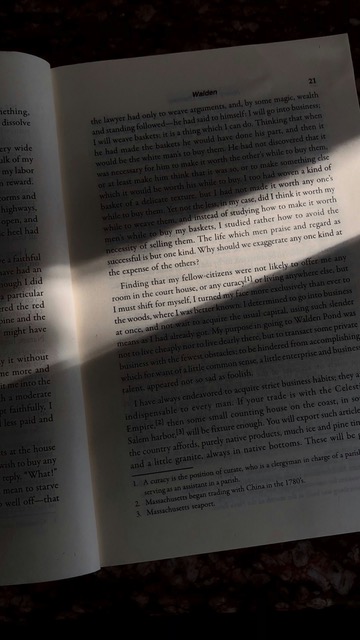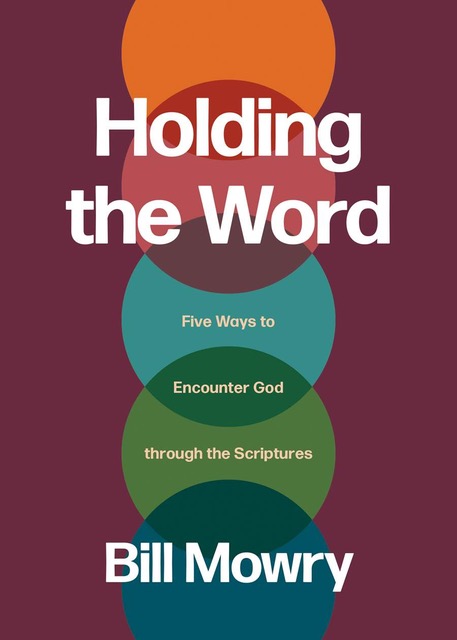Eternity’s population will look very different from my hometown. My farming community in northern Ohio did not attract African Americans or other people of color. I grew up in a culture where everyone looked like me.
College was no better in the late 1960s. There were few African American students on campus and no black students lived in my dorm. My primary exposure to African American culture occurred through music and the media – not always positive portrayals of black people.
My first meaningful interaction with an African American man was in a pastors’ gathering in Columbus. I was surprised when he made this off-hand comment at a meeting: “I had the discussion with my boys last night.”
“So, you had the sex talk,” I jokingly replied.
“No, I had the talk about how to walk in a store. I instructed them to always keep their hands in their pockets so that they wouldn’t be accused of shoplifting.”
I thought to myself, “This is one conversation I’ve never had with my sons and probably never will.” At first, I thought he was overly sensitive but hearing others’ stories about subtle racism and observing it first-hand has only confirmed this young pastor’s concerns.
Throw out the words “racist” or “white privilege” and prepare to take shelter. These are hot topics! I’m trying to refrain from making quick judgments choosing instead to understand the African American experience. Without understanding there’s little empathy. What’s my route to understanding? Reading!
Why read? An insight from C.S. Lewis says it well:
We want to see with other eyes, to imagine with other imaginations, to feel with other hearts, as well as with our own. . . . My eyes are not enough for me, I will see through those of others.
I want to see the world through the eyes of my African American friends; a world that I’m unfamiliar with. Two books have helped me understand the African American experience and the lingering effects of racism and slavery.
The first is Twelve Years a Slave by Solomon Northup. Published in 1852, the story is a first-hand experience of a freed slave who, upon taking a trip to Washington D.C., is drugged, kidnapped, and sold into slavery.
Critics at the time, particularly in the south, disputed the book’s truthfulness. Subsequent research by historians both past and present have only validated the reliability of Northup’s story.
In a matter of days, Solomon moves from a life as a freed man to one of bondage and the status of a commodity or livestock. Here’s his description:
Could it be possible that I was thousands of miles from home — that I had been driven through the streets like a dumb beast — that I had been chained and beaten without mercy — that I was even then herded with a drove of slaves, a slave myself?
Here’s the surprise twist to this assessment:
My cup of sorrow was full to overflowing. Then I lifted up my hands to God, and in the still watches of the night . . . begged for mercy on the poor, forsaken captive. To the Almighty Father of us all — the freeman, the slave — I poured forth the supplications of a broken spirit, imploring strength from on high. . . .
Solomon Northup’s faith shows up again and again in the book. His eyes enable me to see the horrors of slavery up-close and personal. After reading his first-hand account, visiting a tourist site of a southern plantation will never be the same. The images of whippings, shackles, and a parent’s agony at seeing their children sold like livestock haunt these southern planation tourist spots.
Now the next book.
The British rock and roll invasion in the mid-1960s celebrated black artists. British bands “covered” African American artists like Chuck Berry, they were influenced by Motown, and mimicked blues musicians like Muddy Waters, B.B. King, or Howling Wolf.
I loved the music of the white British bands (The Beatles, The Rolling Stones, The Animals, Cream, etc.) but I was curious about the black musicians that inspired them. White bands led me back to the original black artists, the bluesmen who shaped the music of these bands. An interest in the blues led me to The Land Where the Blues Began by Alan Lomax.
Lomax was a musicologist employed by the Smithsonian Institute to record blues musicians in the Mississippi Delta during the pre- and post-WW2 years. Lomax drove the back roads of the South interviewing and recording the songs of these blues men. As he won the respect of suspicious musicians, Lomax gained an entry into the world of the Jim Crow south.
Here was a world where Lomax had to secure the plantation owner’s permission to talk with his black employees. Here was a world where he was told not to call these artists “mister.” Here was a world where the blues singer’s lament of racism was buried in the double entendre of lyrics disguising the singer’s true feelings toward the white world. Here was a world where a black man secured a favorable relationship with a local white person so that when a lynching threatened to take place, the white person could serve as an advocate. I periodically wept as I read the book. Racism robed the souls of so many black men.
What about today? Time doesn’t permit the discussion of contemporary books by African American authors like Tony Evans (Kingdom Race Theology) or John Perkins (One Blood). The two recent biographies of Martin Luther King are also excellent resources.
Our culture is making progress to eradicate racism. However, while the outward institutional realities of segregation are slowly dissolving, racism is like any sin, its presence lingers in our hearts (Jeremiah 17:9) and in our social structures.
Whether it’s by race, economics, or social order, we still create hierarchies, treat people unequally, and exploit people for economic gain. What does the Lord ask of us?
He has told you, O man, what is good;
and what does the LORD require of you
but to do justice, and to love kindness,
and to walk humbly with your God?
Micah 6:8 ESV
Reading for racism is personal to me. My grandchildren are children of mixed races. As men who will straddle both the white and black worlds, I pray this passage for them — that they would be men who do justice, practice kindness, and walk humbly with God.
Want to read further? Consider these titles.
The Need to be Whole by Wendel Berry. Agrarian poet, novelist, and essayist Berry has thoughtful reflections on the issues of race, poverty, and community.
And There Was Light by Jon Meacham. This is the story of Abraham Lincoln’s evolving views of race and the abolition of slavery. Meacham also documents the goals of the Confederacy and their commitment to enslaved peoples as an economic engine.
The Demon of Unrest by Erik Larson. Larson describes the battle of Fort Sumter and the beginning of the Civil War. Told through letters and first-person accounts, you get into the heads of the Confederacy’s founders at the start of the war.
Color of Compromise by Jamar Tisby. Tisby paints a picture of the church’s practice and evolving view towards slavery and racism.



Leave a Reply